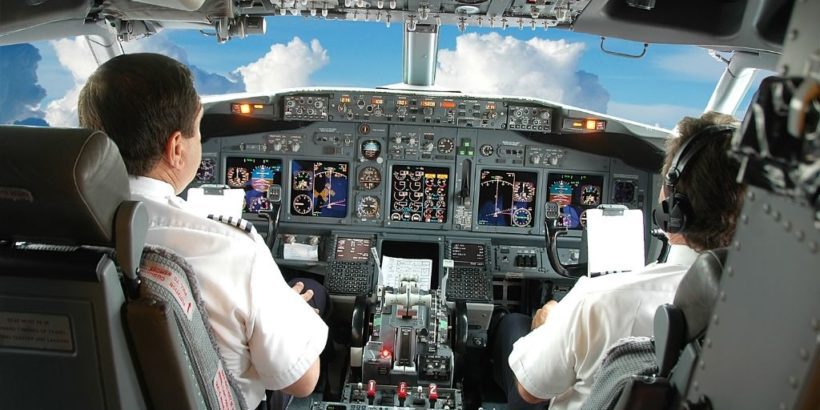After September 11, 2001, a lot of things changed regarding air travel. A lot more passengers became worried about a potential hijacking and so did the US government.
We saw a host of new changes at the highest levels of government and new agencies like the TSA spring up.
But what about airline pilots? Did they get any type of added protection, such as the ability to carry guns?
In this article, I’ll explain if airline pilots can carry guns and some of the limitations around that.
Table of Contents
Do airline pilots carry guns in the cockpit?
Yes, some airline pilots do carry guns in the cockpit but carry a gun lawfully they must belong to a special program called the Federal Flight Deck Officers (FFDOs). This program requires special training and pilots who enroll have strict limitations on when they can use the firearm.
Tip: Use the free app WalletFlo to help you travel the world for free by finding the best travel credit cards and promotions!
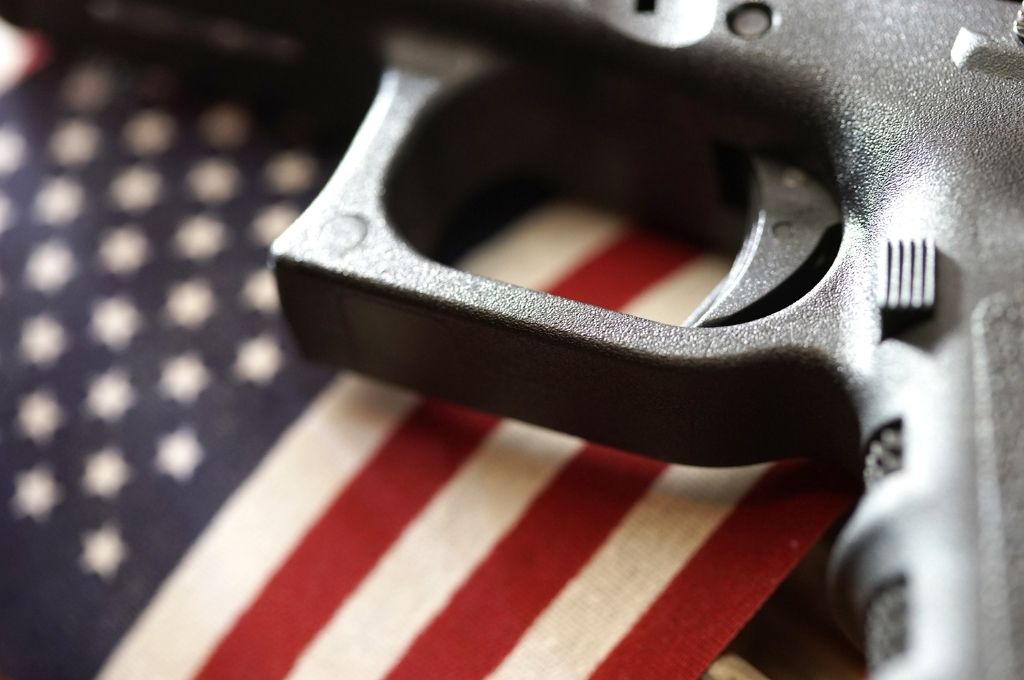
Federal Flight Deck Officers (FFDOs)
Started in 2003, the Federal Flight Deck Officers program is run by the Federal Air Marshal Service, which is underneath the TSA/DHS.
It allows pilots, navigators, or flight engineers on passenger or cargo aircraft to volunteer for special training and provides them with the authority to carry and use a gun on a plane.
It’s authorized by federal statute 49 U.S. Code § 44921, which provides an outline of the duties.
Specifically, it allows volunteer pilots to be deputized as Federal law enforcement officers to “defend the flight decks of aircraft… against acts of criminal violence or air piracy.”
So let’s take a closer look at this program and see what it’s all about.
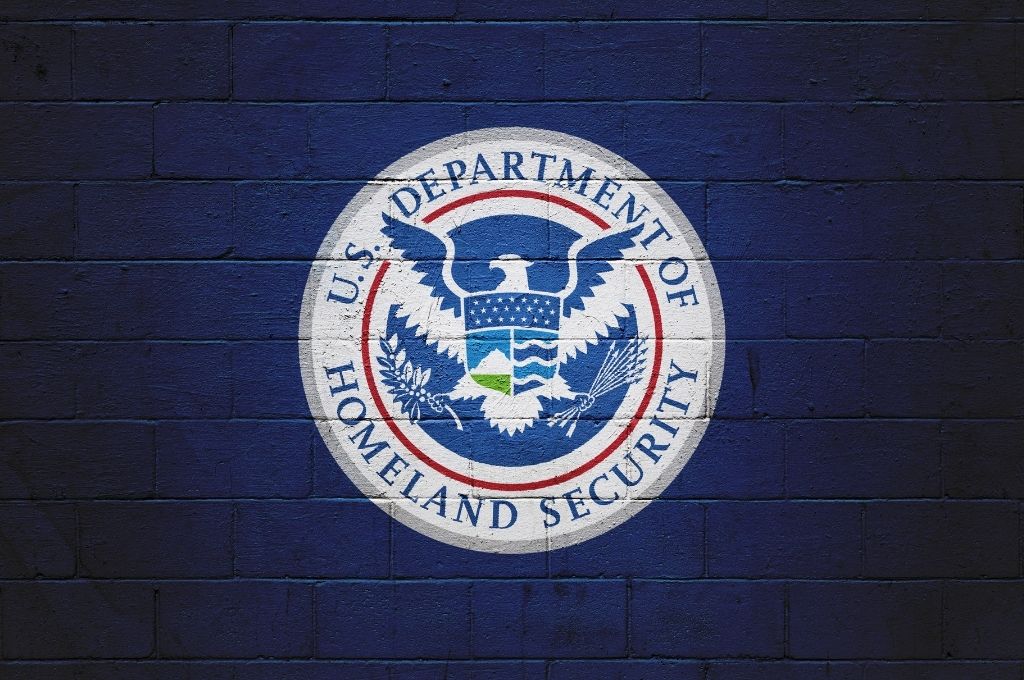
Volunteers
One of the things that is pretty remarkable about this program is that it consists of 100% volunteers.
The pilots and other members of the program do not get paid extra for participating in it.
Preferences are given to pilots who are former military or law enforcement personnel, which is probably one reason why the program works so well — these people already have a spirit of service (and firearm experience) when they apply.
Limited authority to use the firearm
Federal Flight Deck Officers cannot simply use their gun whenever things become a little tense on the plane.
Instead, the use of their weapon is limited to serious criminal and terroristic offenses.
Essentially, from what I can gather, it’s only supposed to be used if there is some type of hijacking attempt.
These officers are actually deputized by the TSA and their jurisdiction is limited to the flight deck. That is, the gun is supposed to remain in the cockpit.
For example, if there is some sort of altercation (let’s say someone losing their s*** because of wearing a mask on the plane), the pilot cannot burst out of the cockpit with guns blazing.
If the pilot needs to head out of the cockpit to go to the bathroom or for some other personal reason they cannot bring the gun with them.
There are even strict rules about the pilot transporting the gun after the plane has landed, as this is the type of thing that is taken very seriously at all times.
So again, unless someone is trying to take over control of the flight or somehow interfere with the pilot’s ability to takeoff or land, that gun should not be used or removed from the cockpit.
At least according to some….
The CAPA states FFDOs are considered an asset for “any level threat – whether in the cockpit or cabin.”
This makes me think that some Federal Flight Deck Officers could come out of the cockpit to handle certain situations.
My guess is that those would be some of the most rare and extreme situations.
So if you ever see a pilot walking through the cabin with a gun exposed, something is definitely not right.
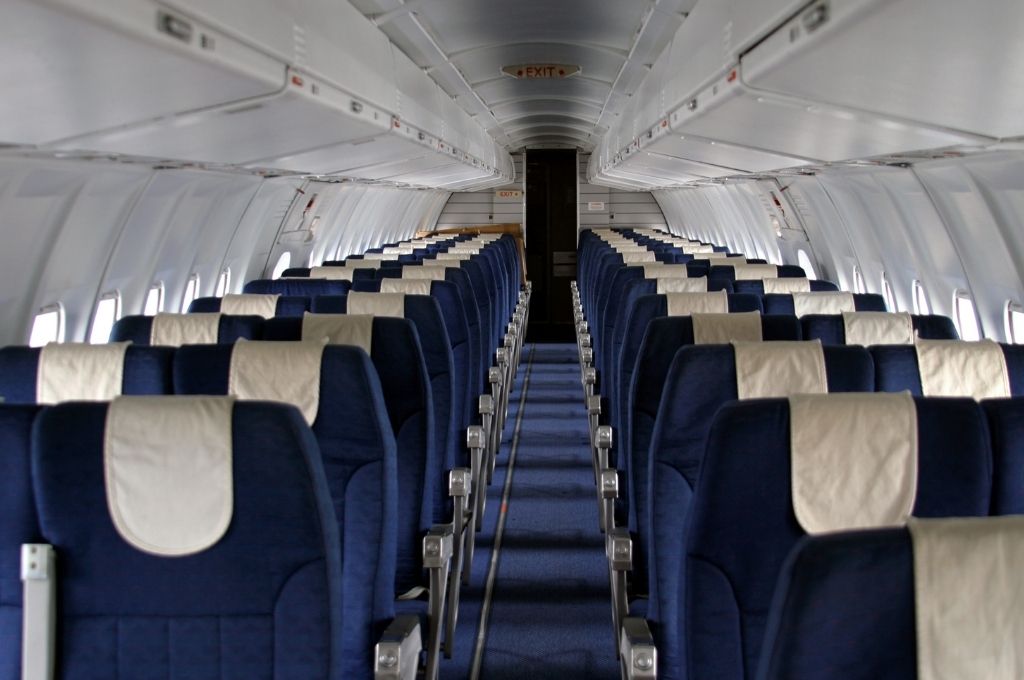
Qualification and training
In order to be qualified, a pilot must undergo screening for cognitive, psychological, medical, and physical skills.
Pilots already go through a series of background checks but this is essentially just a heightened screening to make sure that they are suitable candidates for possessing a weapon on a plane.
Once they apply, they go through a series of background checks, interviews, physicals, etc. If they are good to go, then they can proceed to training.
As you would expect, these pilots have to undergo some pretty thorough training in order to get this privilege.
They head to a Federal Law Enforcement Training Center (FLETC) in Artesia, New Mexico for a one-week (eight day) training session that is ran by the Federal Air Marshal Service. (This is also where the Air Marshals get some of their training.)
FFDOs are also subject to bi-annual training requirements, which means they have to dedicate one day each six months to requalify.
On top of that, they must go through re-qualification training every five years, which I believe is a shortened version of their initial training that lasts four days.
All the training is vital because, among other things, these officers have to be pretty good marksmen.
They may not necessarily have to be on par with a Federal Air Marshal but they need to come to a close level of proficiency.
The exact specifics on the type of guns used seems to be classified but based on information found in the public record, it seems like some may use something referred to as the “pilot’s pistol,” which is a Heckler & Koch USP Compact . 40 caliber.
The good news for the FFOs is that they don’t have to pay for the training nor do the airlines. This is something that the government sponsors.
But even with that said, the volunteers still have to incur a lot of costs and have to step away from earning a pilot’s earnings.
It’s estimated that over a six year period they will incur around $10,000 in personal costs.
Pilots make good wages, especially those with a lot of experience, but that is still a pretty decent amount of expenses for a volunteer to make.
On top of that, pilots only get paid whenever the wheels are moving or tucked into the belly of the aircraft so they also miss out on pay.
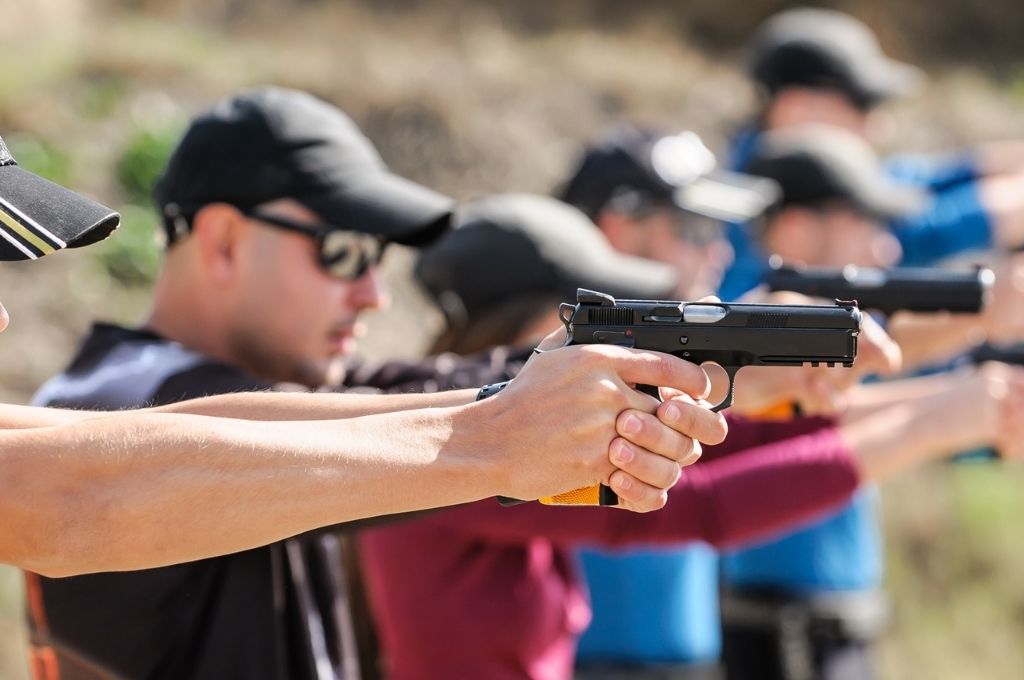
International flights
Some people believe that pilots cannot take guns on international flights but I don’t believe this is the case.
The statute authorizing this program states:
In consultation with the Secretary of State, the Administrator may take such action as may be necessary to ensure that a Federal flight deck officer may carry a firearm in a foreign country whenever necessary to participate in the program.
So it sounds like pilots can definitely carry guns on international flights.
However, some countries might be more strict than others so it may not always be practical for them to do so.
How many pilots carry guns?
This program is pretty secretive when it comes to the identity of pilots enrolled in the program.
So I believe the total number of pilots who currently carry guns is classified information and impossible to know for sure.
However, we do have some numbers to go off of.
It looks like about 800 pilots and flight crewmembers participate in this program every year. I think that figure includes pilots doing re-training so I don’t know if that means 800 new pilots join the program every year.
It’s also estimated that they defend more than 100,000 flight segments per month.
They are maybe around 28,000 commercial flights per day, which would amount to about 840,000 per month. So if those numbers were right that would mean around 12% of flights have pilots with guns.
That number seems a bit low and this is just a very rough estimation with some pretty outdated numbers so it’s entirely possible that that number is off by a good margin.
There probably could be a lot more pilots in this program but in the past, there have been concerns over a limited budget.
Even though this is a volunteer program, the training still needs to be paid for.
In the past, the budget has not grown and so after accounting for re-qualification training, there doesn’t seem to be a lot left to add new candidates.
So that has restrained the growth of the program.
Are they effective?
There have been no successful plane hijackings in the US since September 11, so you could use that as some evidence that this program is effective as a deterrent.
On the other hand, there has been one accident.
There was the one pilot on Flight 1536 from Denver, Colorado, to Charlotte, North Carolina who accidentally discharged his weapon from the cockpit.
In that situation, nobody was ever hurt or in any danger.
Something that I found interesting is that these officers are not responsible for damages when acting in accordance in with their duties (e.g., fighting off air piracy) unless they are guilty of “gross negligence or willful misconduct.”
Standard negligence will not make them liable which gives them more breathing room when making split-second decisions.
Federal Air Marshal Service
You might be wondering what exactly is the difference between the Federal Air Marshal Service and the Federal Flight Deck Officers, in terms of their duty to protect.
In addition to different training and requirements, Federal Air Marshals are more concerned about what is happening in the cabin where all of the passengers are sitting versus the cockpit.
Air marshals will often be located in the rear of the plane so that they can keep eyes forward the entire time on what passengers are doing.
I think the idea is that the Air Marshals can take care of issues happening in the cabin and that the Federal Flight Deck Officers just add an extra layer of protection in the event that someone breaches the cockpit.
You never know if your flight will have a Federal Air Marshal or Federal Flight Deck Officer.
Some flights may have none and other flights might have both.
Related: Do TSA Officers Have Guns & Arrest Powers?
Final word
Airline pilots are allowed to bring a gun on a plane and inside the cockpit if they are Federal Flight Deck Officers. These officers undergo special training and have strict limitations on when they can use a firearm. However, we don’t know for sure how many of these pilots are flying on any given day because there is a lot of secrecy within the program.
Daniel Gillaspia is the Founder of UponArriving.com and the credit card app, WalletFlo. He is a former attorney turned travel expert covering destinations along with TSA, airline, and hotel policies. Since 2014, his content has been featured in publications such as National Geographic, Smithsonian Magazine, and CNBC. Read my bio.

